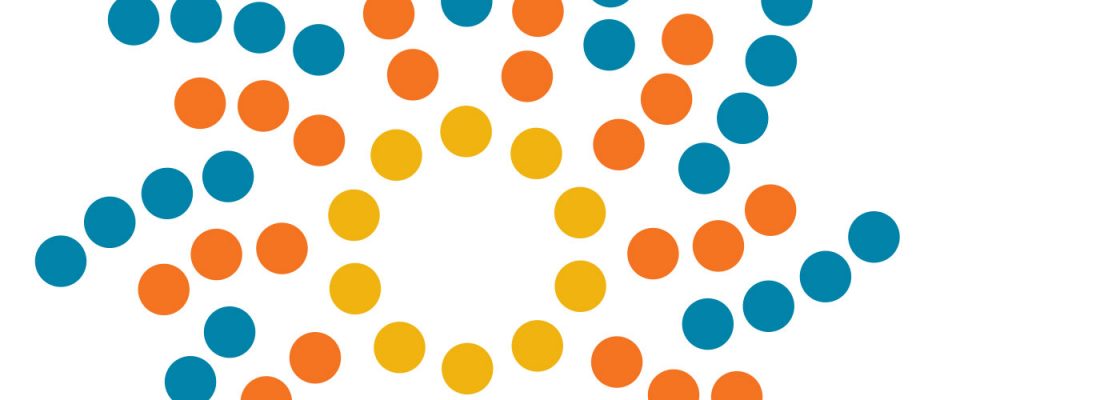Moving Beyond the Four Walls
As health organizations shift their priorities from seeing patients one at a time to addressing population health, clinicians and other health workers need to learn to move outside of the “four walls” of the doctor’s office to tackle the needs of a larger community. This session featured three presentations on this topic.
Columbus Regional Health’s WellConnect, a walk-in wellness center aims to expand the definition of what a walk-in clinic can accomplish. Along with treatment for minor illnesses, patients can come in for advice on nutrition, for classes and coaching, and to speak with connection specialists who can help them find other resources and services needed to keep them healthy. WellConnect was also established to give innovators at CRH a place to try out new ideas, a front door of sorts where the organization’s innovation work can directly face the community.
In launching this change CRH was trying to rework the business model of its walk-in clinic to be more financially stable. Though results on that front have been mixed, downstream referrals have already offset some costs, and CRH discussed other options, such as offering customized wellness packages to local employers.
Kaiser Permanente’s “Imagining Care Anywhere” vision seeks to place the KP member at the center of the care delivery system by using technology to enable healthcare anywhere, anytime. In a conceptual video, KP presented a series of stories in which different kinds of patients (a family, a pregnant woman, a senior on Medicare, a millennial) use smartphones and digital tools to connect with care remotely, at mobile clinics, or via house calls. Watch the video here:
KP has also used this vision to help the organization focus their innovation activities and start building out the specific care models and technology innovations necessary to achieve this vision in the near future.
The third presentation was by LavaMae, an organization that repurposes retired municipal buses to create mobile shower facilities for the homeless. With only seven facilities (amounting to 16 stalls) where the homeless can take a shower in downtown San Francisco, thousands of homeless individuals and families don’t have access to this basic need of hygiene and dignity. LavaMae seeks to meet these needs by bringing showers and other services to where the homeless are. Watch their video:
LavaMae operates on a philosophy of radical hospitality, seeking to treat those they serve as guests coming to a five-star spa, with a design elegance to their mobile facilities that they hope reflects the worth of the people using the space. The bus features two rooms where guests can shower, groom, and use the toilet in peace and privacy. LavaMae also uses their contacts with the homeless to make referrals to healthcare and social services, and next year they hope to launch “pop-up care villages” where they can offer expanded services like haircuts, food, care managers and job placement.
However, what is missing is a shared database, so that the homeless don’t have to fill out multiple intake forms each day to access different services. Lava Mae presenter Leah Filler also pointed out the difficulties to collaborating across social services: “collective impact only works when you have a shared set of metrics.”
The discussion in the “Moving Beyond the Four Walls” session focused on the challenges of creating new access points to care. Often times people used to traditional care points won’t understand what you are doing when you introduce something new, and you will need to be prepared to build trust over time. At LavaMae, one of their employees took the first shower to show guests that it was safe. Also vital to creating new access points is listening to customers and adapting to their needs, as well as being prepared to fail, learn, and refine the approaches.
Sometimes patient buy-in isn’t the barrier: it’s getting your organization on board. Running a new way for patients to access care may require hiring a new kind of person, or implementing a different kind of metric. For Kaiser, getting out of the four walls means shedding a “we do everything ourselves” mindset. It can be tricky to find the balance between offering great services through partnerships and having boundaries to ensure high quality care.
Partnerships to Address Social Needs
Health doesn’t exist in a vacuum. The wellness of our bodies is connected to all the other ups and downs in our life, including financial stresses, hunger, employment, and so forth. This session focused on ways that safety net organizations can form partnerships outside of healthcare to address the social needs that influence their patients’ health.
Contra Costa County started by surveying patients on their five most important health needs. 60% of patients mentioned getting enough food, unemployment, housing and energy bills as their top concerns. To address these needs Contra Costa used KP funding to partner with Health Leads, an organization that connects patients with resources outside of healthcare. They wanted to find a way to incorporate these connecting services into their care flows in a way that would be efficient and offset work, instead of adding work. Their current model involves screening patients for non-medical needs at the start of a patient visit, which is still unfortunately a resource heavy approach.
Kokua Kalihi Valley in Hawaii shared their philosophy of’ ‘Kokua,’ which means “what you carry on your back” and can be used to understand the reciprocal nature of partnerships in a care setting. For KKV they have found that their organizational partnerships work best with a few principles. First is taking the time to listen and get to know the people you are partnering with. Second is being good hosts: partnership is more like a dinner party than planning a wedding, in that it is more important to make people feel welcome than to get all the logistical details perfect. Third, they recommend having a mindset of abundance and possibilities, instead of coming at partnerships with a problem-solving agenda. Finally, communities have been a source of motivation and strength for millennia, so when devising new partnerships it may be best to let the community itself help design it.
The UCLA Magnolia Community Initiative is a downtown LA network of over 70 care and community organizations, acting in partnership with residents, to make big improvements to health and wellness within a defined urban zone. Magnolia challenges network members to move from helping individuals to fixing problems for an entire population. This is hard to do without the right partners at the table, but UCLA is trying to think of it from a design perspective—what can be developed, scaled and spread. It’s a very different approach to start partnerships with scale and spread in mind.
Magnolia is trying to use the power of the network and its data to solve problems faster and better than UCLA could alone. This means swapping traditional logic models with driver diagrams, and creating dashboards around testing actions that can be tried out immediately. They did PDSA cycles on depression treatment, and how eligibility workers asked about depression. The approach allowed the workers to do their own testing and create their own change.
Co-Designing Care for and with Patients
Designing better, more patient-centered care turns out to work much better when patients themselves are part of the design process. This session looked at how co-design has worked for three organizations.
West County Health Centers used the methods they learned in CCI’s Catalyst program to inform their design of a concierge position in their waiting room. Starting with sitting in the waiting room and absorbing how much it could be improved, the catalysts soon decided they need to a co-design session to ask patients what a concierge would do for them. This collaborated directly with their patient and family council.
At first the session, inspired by the post-it note style of prototyping of the Catalyst program, was uncomfortable, as patients didn’t have the same training and didn’t know what to do. Eventually the catalysts asked questions, and later analyzed the recording of the session to pull out high-frequency words. This allowed them to quantify the feedback and prioritize their efforts based what was most important to the group of patients.
Silver Avenue Family Health Center in San Francisco began their patient and family advisory council as part of CCI’s patient engagement program two years ago, but they wanted to take the next step towards involving patients in care. Focusing around improving the experience of nurse visiting hours, the team starting with shadowing and then invited members of the advisory council to join them in the redesign process.
They realized in talking to the patients that more important than how long patients have to wait was how patients feel while they wait. This led to better signage and updated literature in the waiting room, as well as better advertising for the nurse advice line. Then after a design session that involved nurses, front desk staff and patients, they made other improvements to the waiting room, such as a water cooler, snacks and a TV playing health information. Afterwards they used multiple methods to get feedback on their changes, including more shadowing, surveys, and more comments from advisor groups.
“This is not a matter of having patients ‘sign-off’ on our plan; it’s co-creating that plan with them.” This was the philosophy of the third presenter organization in this session, Kaiser Permanente. For KP, there are three components to this work: engaging patients, using design tools (journey mapping, etc.) to capture needs and ideas, and using performance improvement to gauge if you’re making a positive change.
The value of this, beyond just better resulting designs, is that patients see it as a way to “pay forward” the benefit they get from their care, and it makes them more thoughtful and engaged with the programs that touch them. For staff it validates their work and makes improvement efforts seem less intimidating to get involved with.
Find this useful or interesting? We’re constantly sharing stuff like this. Sign up to receive our newsletter to stay in the loop.


